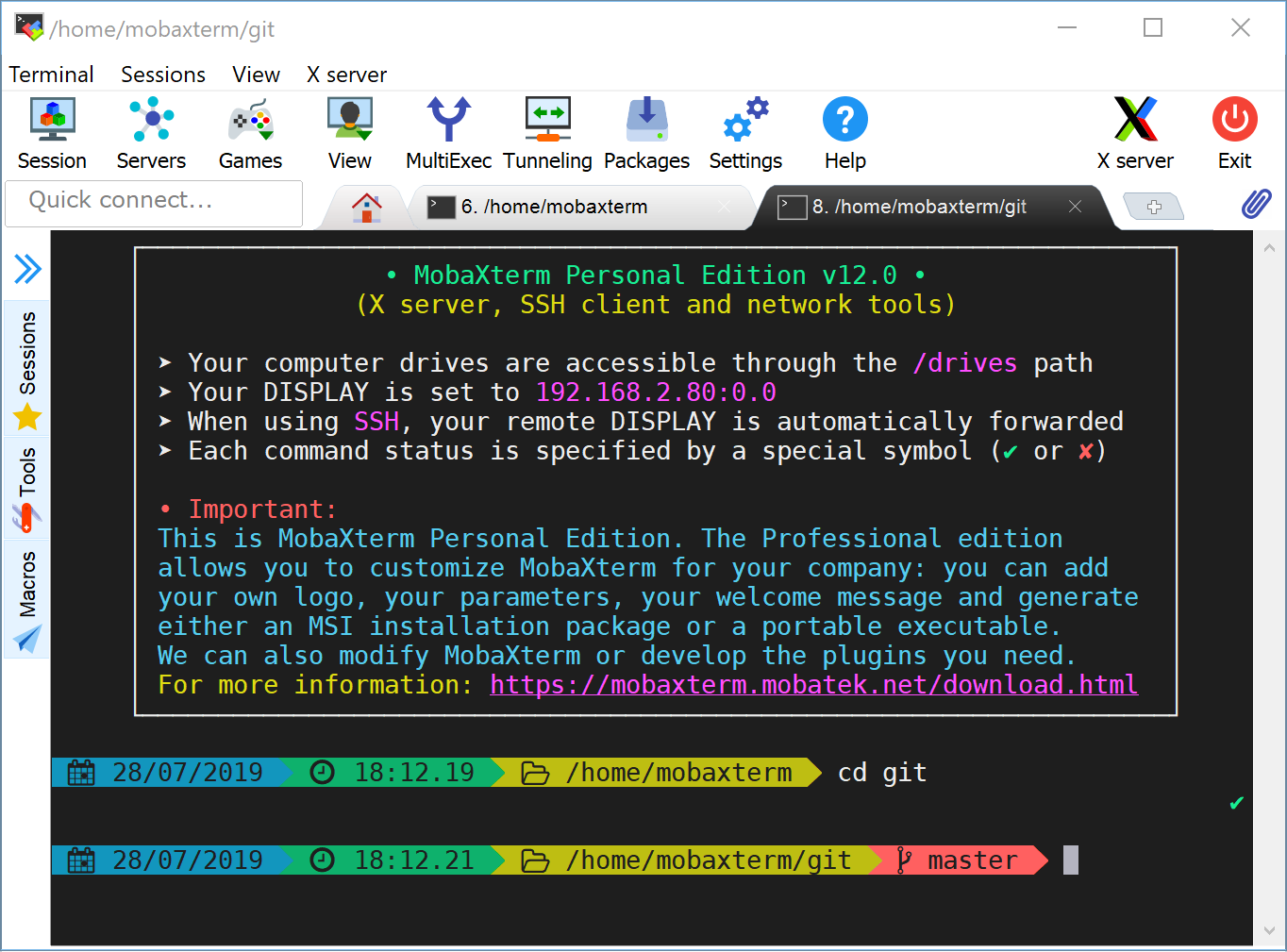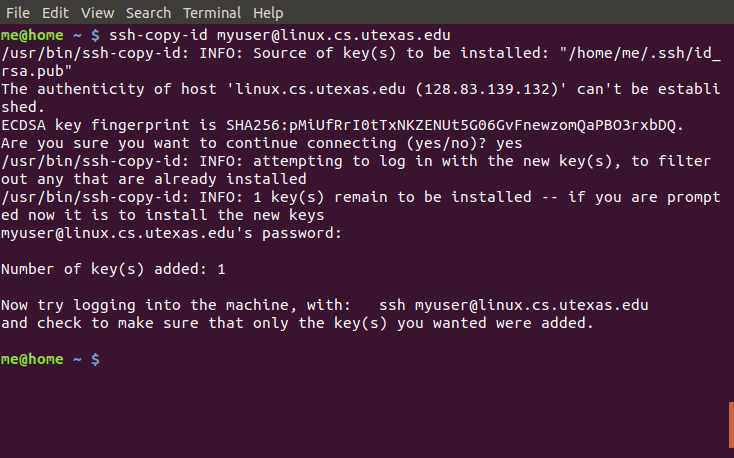
There are a number of reasons why the test might fail: Note, however, that the command might ask for the passphrase you specified for the key. Once the key has been copied, it is best to test it: ssh -i ~/.ssh/mykey login should now complete without asking for a password. The private key should never be copied to another machine. Only the public key is copied to the server. The copying may ask for a password or other authentication for the server. Use a command like the following to copy SSH key: ssh-copy-id -i ~/.ssh/mykey logs into the server host, and copies keys to the server, and configures them to grant access by adding them to the authorized_keys file. Once the key has been authorized for SSH, it grants access to the server without a password.
#Ssh copy to local machine install#
Once an SSH key has been created, the ssh-copy-id command can be used to install it as an authorized key on the server.

The key files are usually stored in the ~/.ssh directory. | | + o o | +-+ #Ĭreating a key pair (public key and private key) only takes a minute. The key fingerprint is: SHA256:GKW7yzA1J1qkr1Cr9MhUwAbHbF2NrIPEgZXeOUOz3Us The key's randomart image is: +-+ |.*++ o.o. Your public key has been saved in mykey.pub. Enter file in which to save the key (/home/ylo/.ssh/id_rsa): mykey Enter passphrase (empty for no passphrase): Enter same passphrase again: Your identification has been saved in mykey. # ssh-keygen Generating public/private rsa key pair. In the simplest form, just run ssh-keygen and answer the questions. With OpenSSH, an SSH key is created using ssh-keygen. The purpose of ssh-copy-id is to make setting up public key authentication easier.

Key based authentication in SSH is called public key authentication.

Contents Setting up public key authentication Generate an SSH Key Copy the key to a server Test the new key Troubleshooting How ssh-copy-id works Some best practices for SSH keys Use a passphrase when possible Add a command restriction when possible Managing SSH keys Command-line options Ssh-copy-id on Mac Installation using Homebrew Installation from MacPorts Installation using Curl Setting up public key authentication


 0 kommentar(er)
0 kommentar(er)
